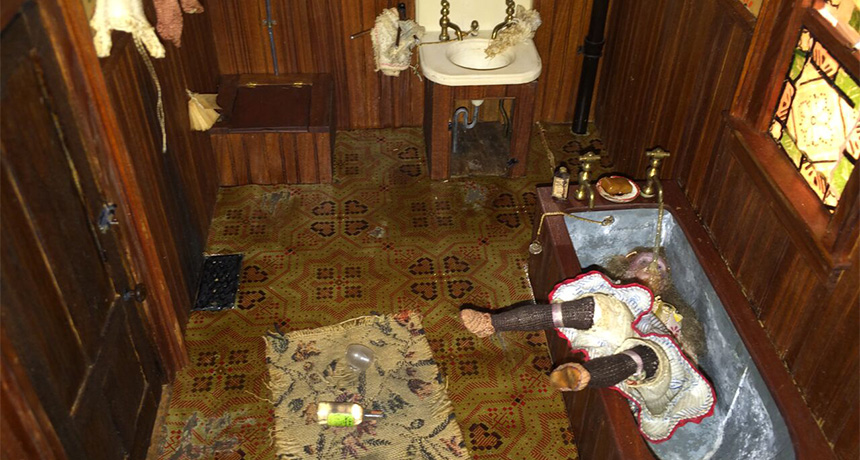How dollhouse crime scenes schooled 1940s cops
Frances Glessner Lee’s dioramas helped bring a scientific approach to forensic science

DOLLHOUSE CSI This miniature portrayal of Maggie Wilson’s death in 1896 is the handiwork of self-taught criminologist Frances Glessner Lee. Lee’s dioramas trained investigators to look at crime scenes through a scientific lens.
Bruce Goldfarb/Office of the Chief Medical Examiner of Maryland